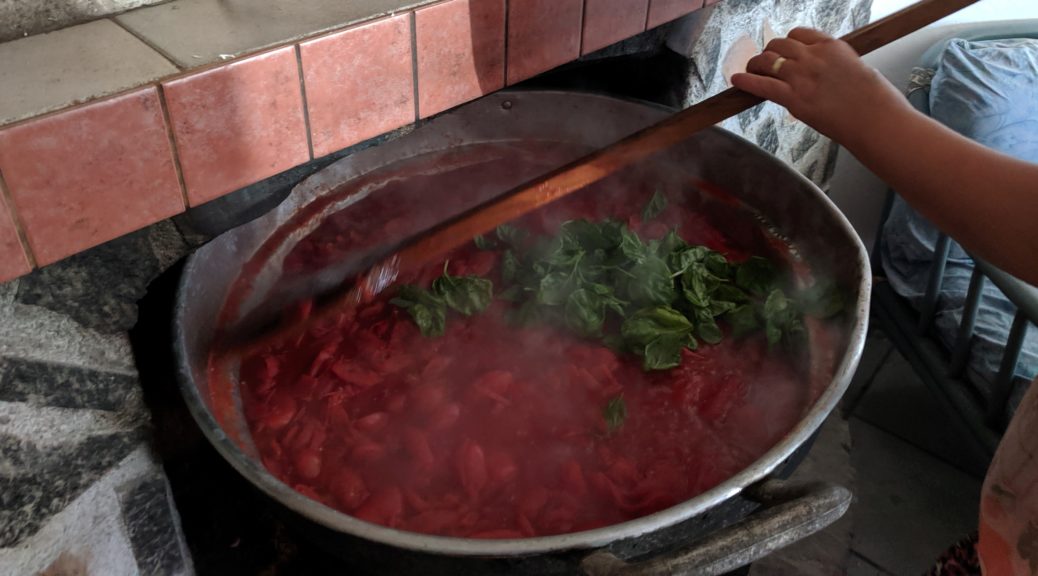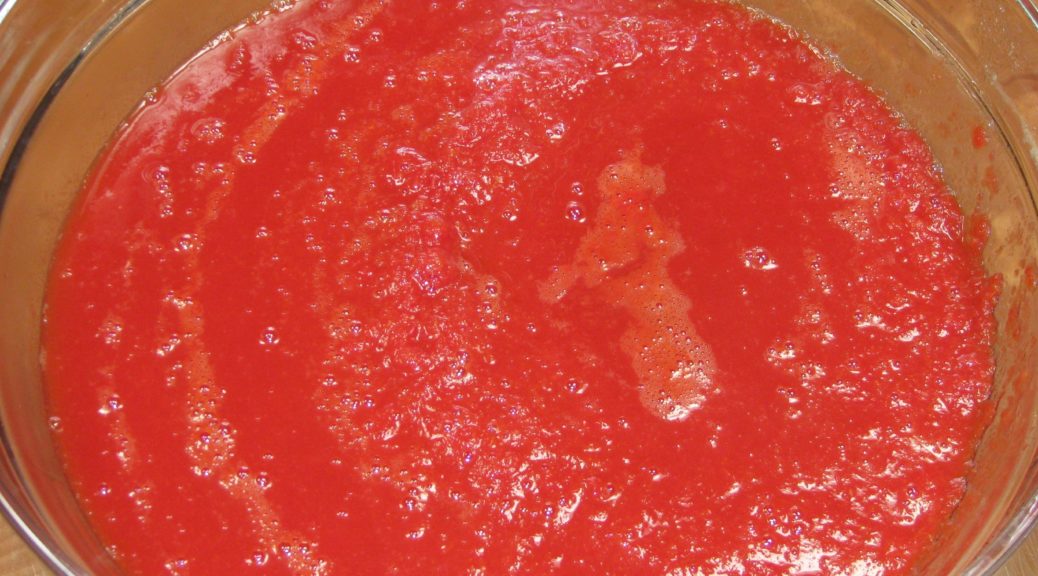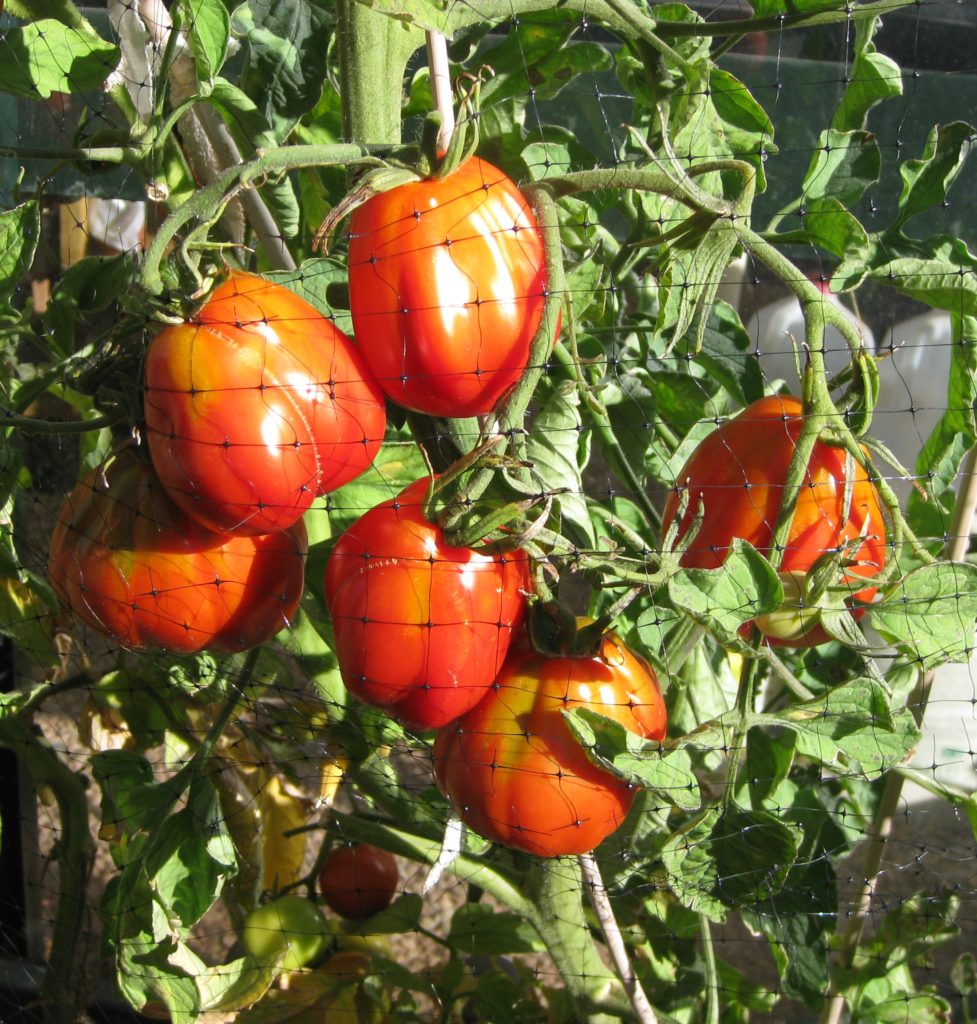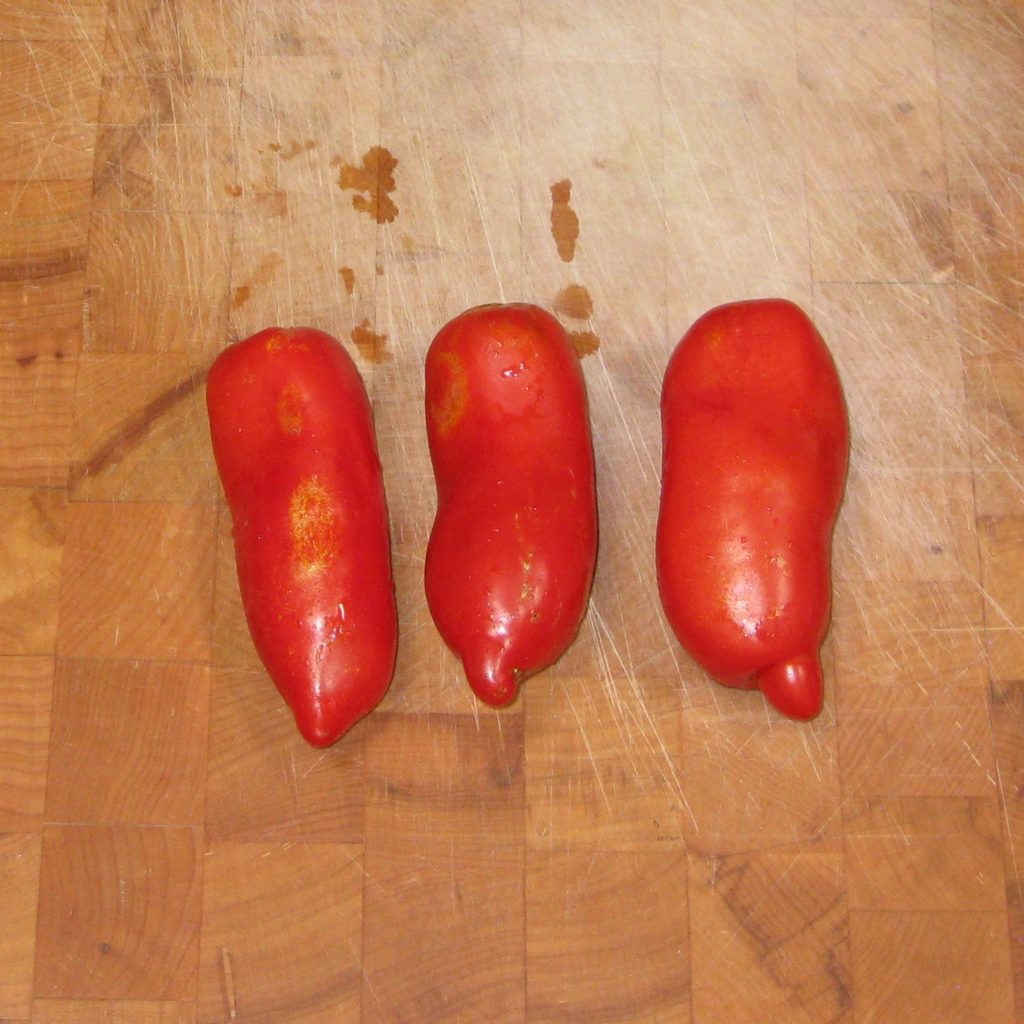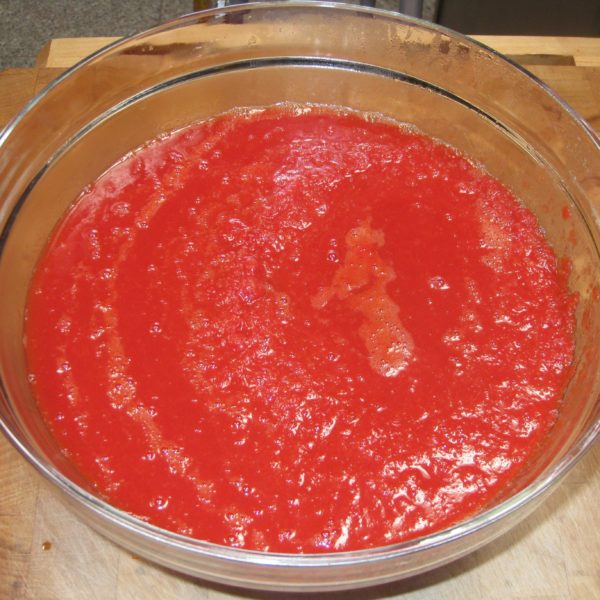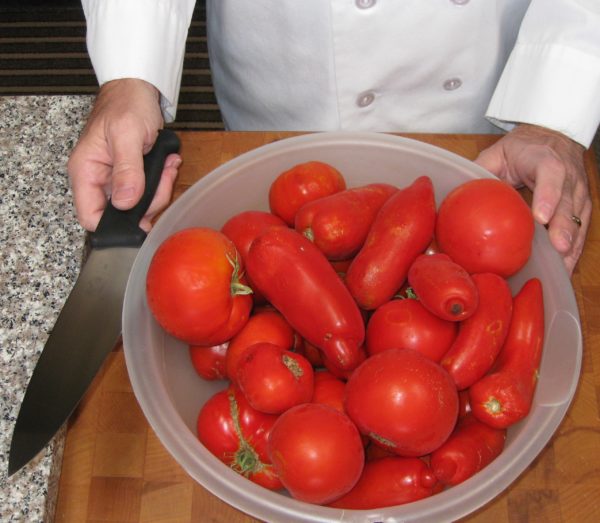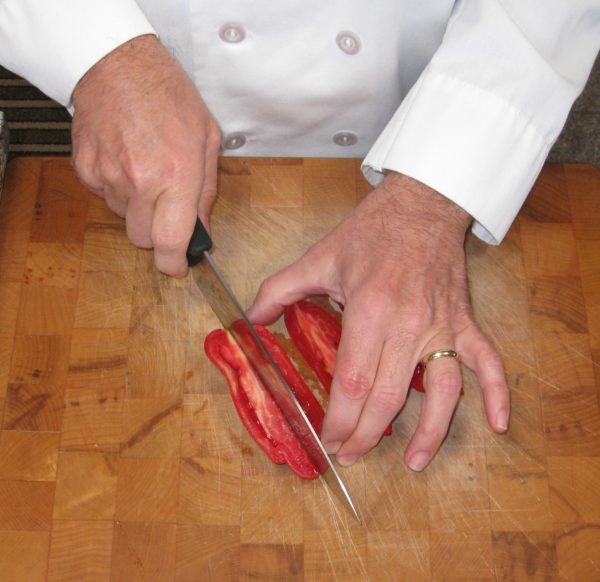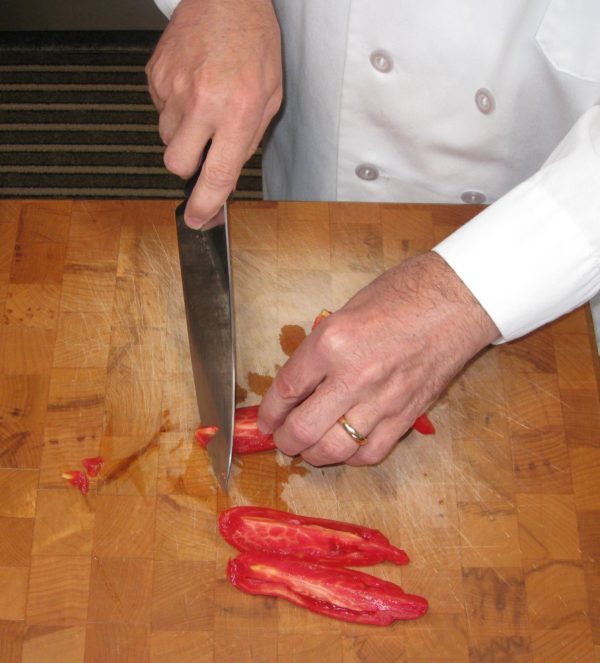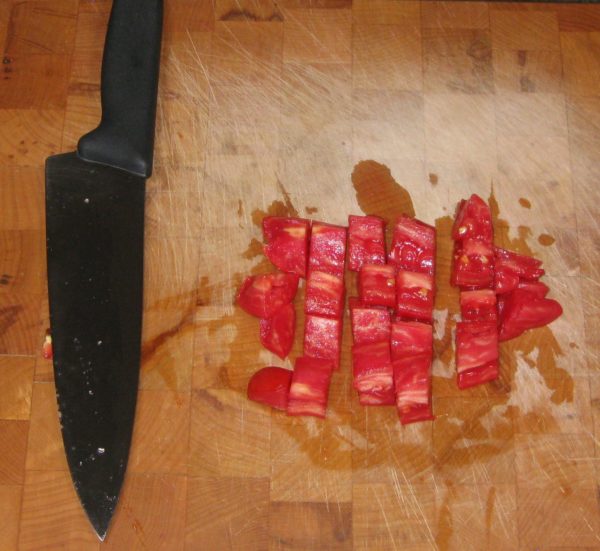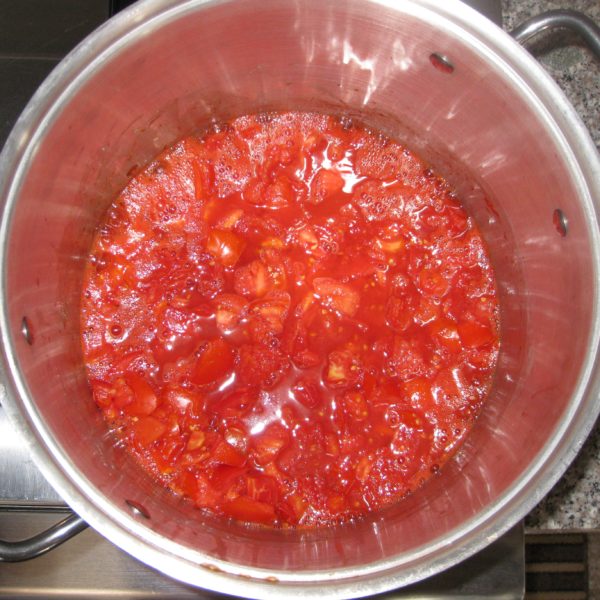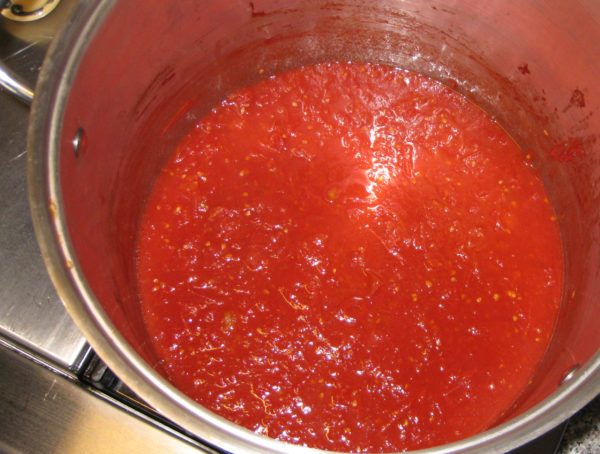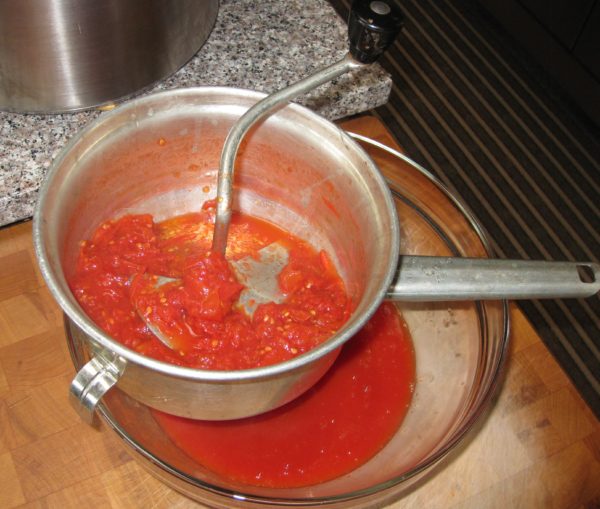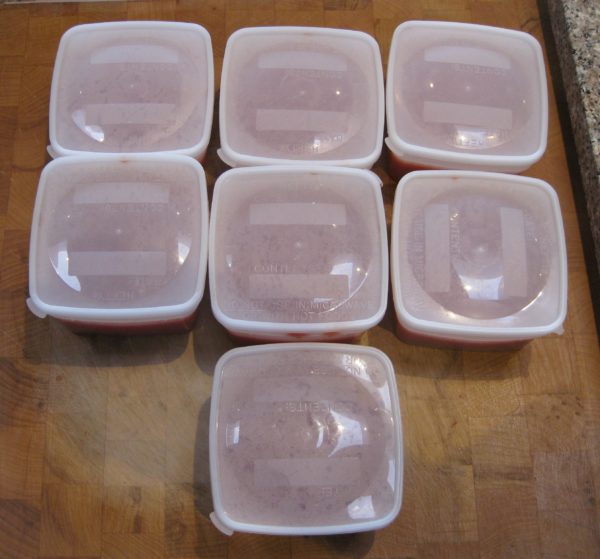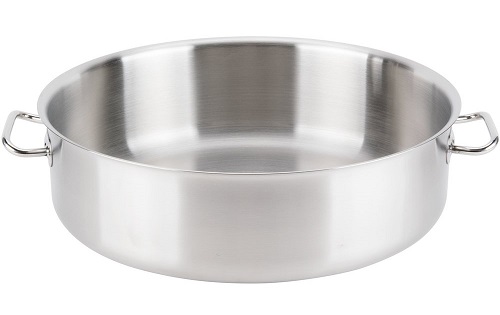October 23, 2019
It’s been way over a month since I last wrote. After leaving Tuscany for Calabria on August 31st, my plan was to continue to post about my new adventures at the Italian Culinary Institute. As it turned out, I kept myself pretty busy and couldn’t quite find the time to post. Knowing that my time was limited, I chose to spend as much of it as possible in the kitchen, which usually meant 12-plus hours per day, six or seven days per week.
There were some exceptions, like the Saturday I went to Maria’s house to make passata with her.
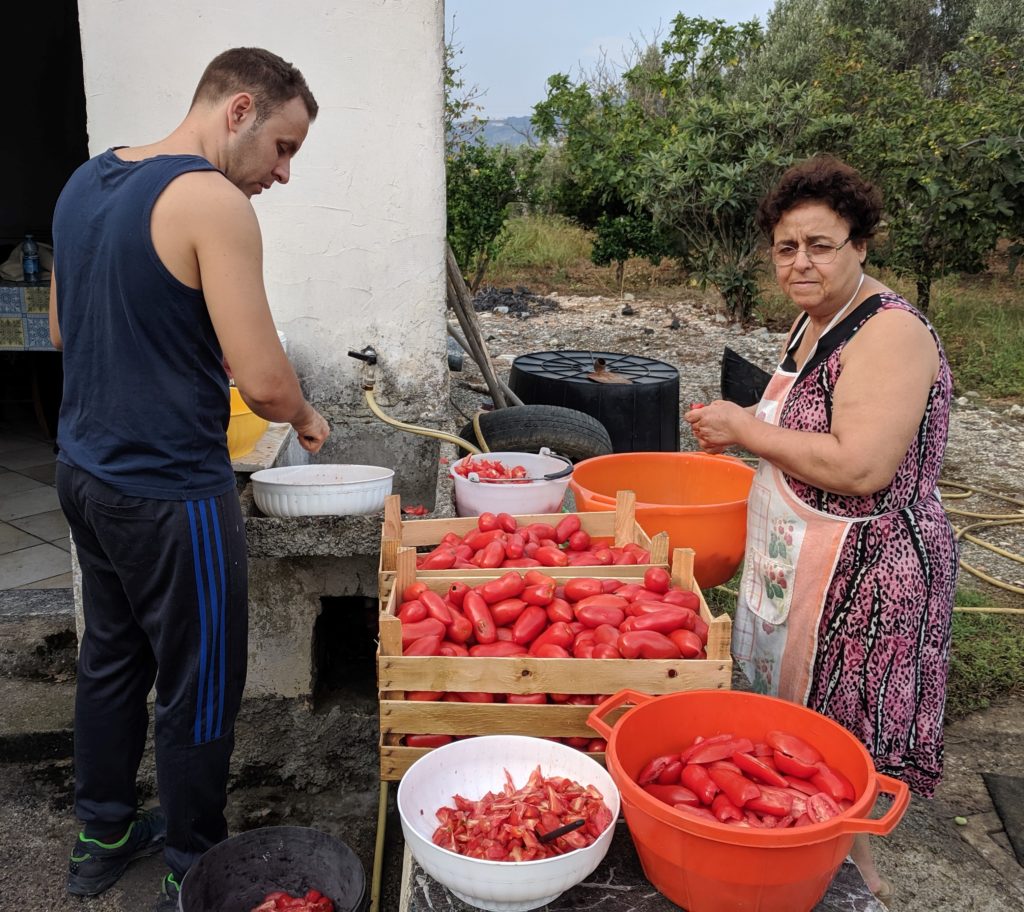
Maria works at the Institute, ostensibly as a dishwasher. In reality she does much more. Her wisdom and advice are frequently sought out by Institute staff on matters related to local food. Maria assists in the kitchen during the meat-curing (salumi) courses.
Although I make passata at home, I’m self-taught. It was exciting for me to see (and assist with) it being done in a traditional manner.
But first I had to find Maria’s house.
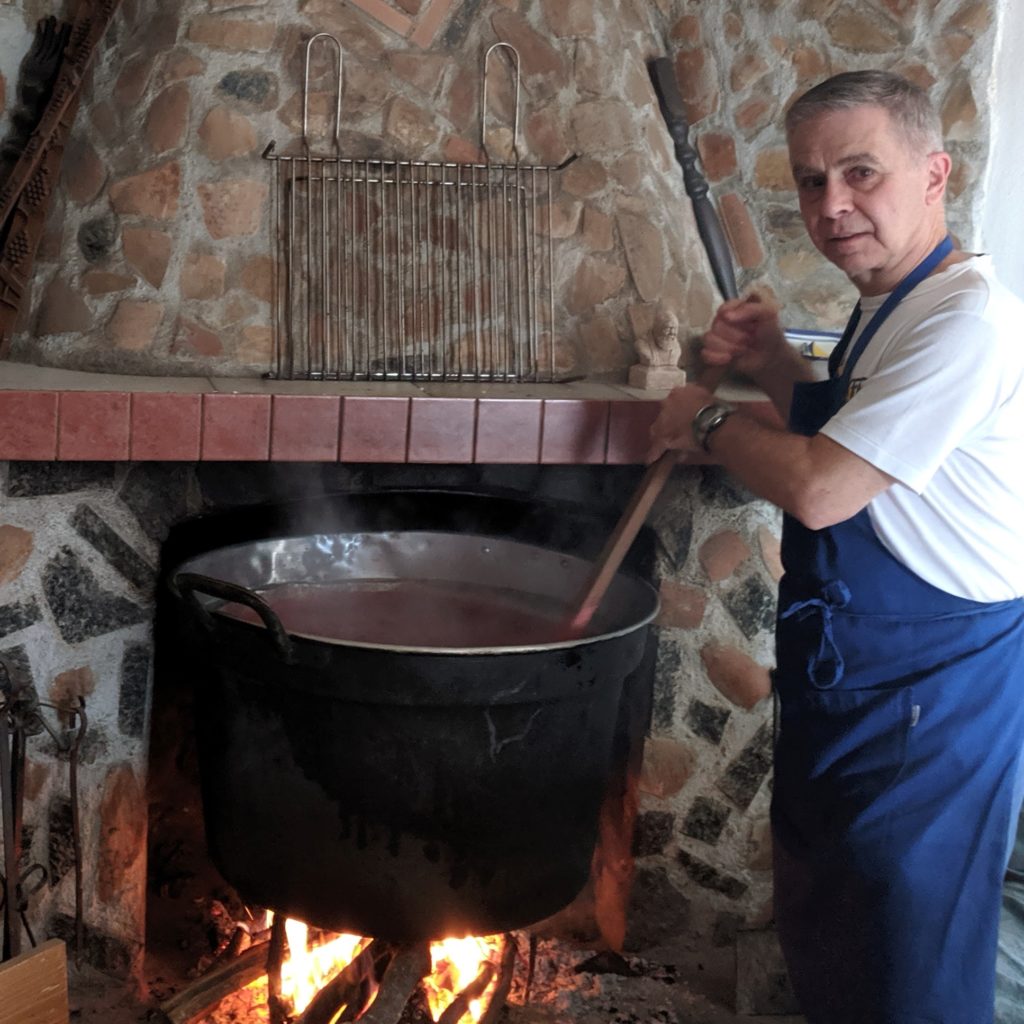
Join our mailing list and you’ll never miss a recipe again!
Maria only speaks Italian. My Italian is not good enough for anything resembling a real conversation though I can certainly manage restaurants, supermarkets, and food vendors well enough to get by.
Mariana, Chef Juan’s wife, chatted with Maria and told me that I should meet Maria at the Padre Pio mural. Maria lives in the town of Stalettì, which is up the mountain from the Institute. The directions were easy enough: Go up. When you get to Padre Pio, stop and wait for Maria. If you get to the center of town, you’ve gone too far.
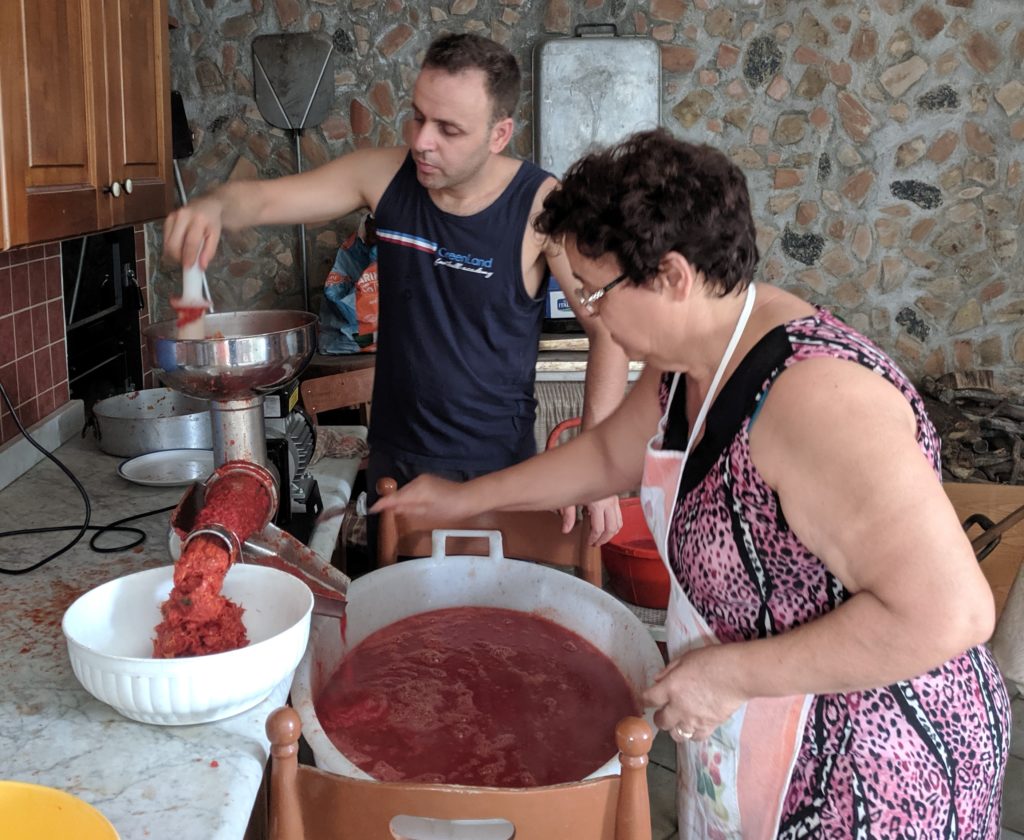
Up I went. It was obvious I had gone too far when I hit a spot vaguely resembling a piazza onto which streets converged from many sides. There was a fussball table sitting in the roadway and a group of older guys congregated in front of the local bar. (Remember that a “bar” in Italy is traditionally a Coffee Bar.)
I mustered enough Italian to ask them where Padre Pio was. They told me to go back in the direction from which I came and that I couldn’t miss it.
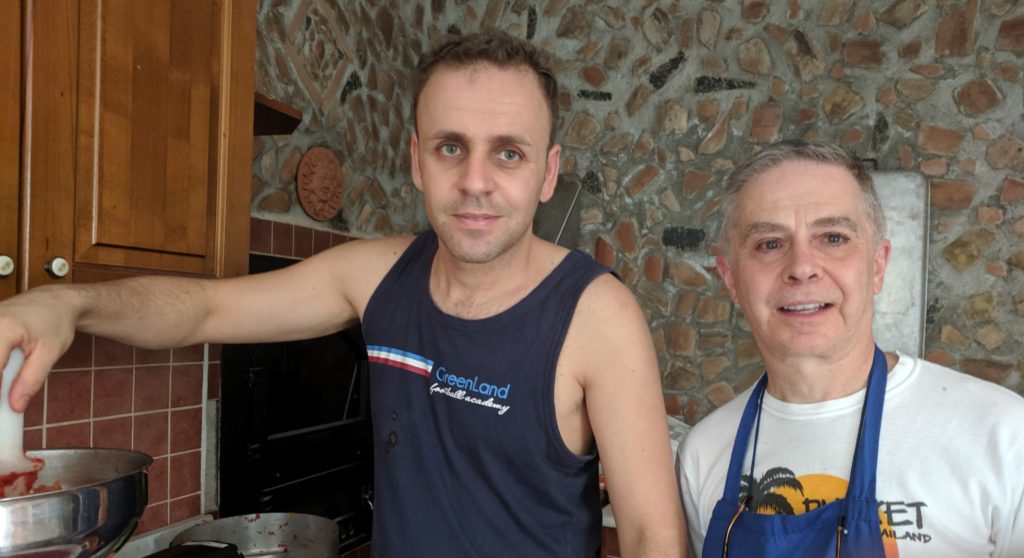
Luckily Maria was in her car on the roadside waiting for me across the street from the GIANT Padre Pio STATUE. I saw the statue on the way up but completely ignored it as I was looking for a mural. Something got lost in translation.
Maria made a U-turn and I followed her down a side lane that opened led to a small farm with wonderful views of the mountains beyond.
Follow us on your social media platform of choice
![]()
![]()
![]()
Maria’s son, Nicola, was standing outside cutting tomatoes. Maria introduced us then immediately began to cut tomatoes, too. I opened my knife roll, got out my paring knife and began to cut tomatoes. After all, there were six cases to cut and process.
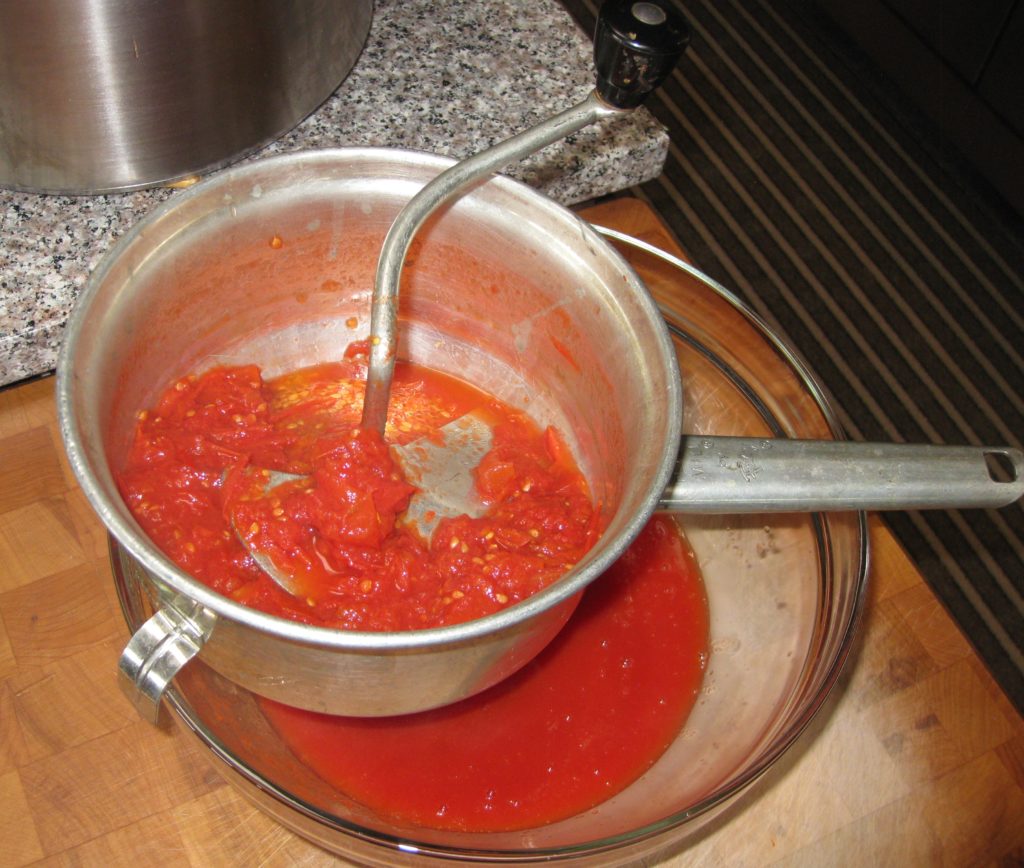
We cut them in half, removed the core and dropped the halves into a bucket. The cores were saved for the pig which will become Sopressata ‘round about January.
The tomato halves went into a big cauldron set over a wood fire. Maria simmered them, with salt and some basil, until they were soft enough to go through an electric food mill. The resulting liquid was put back into the cauldron and cooked until it was the right consistency.
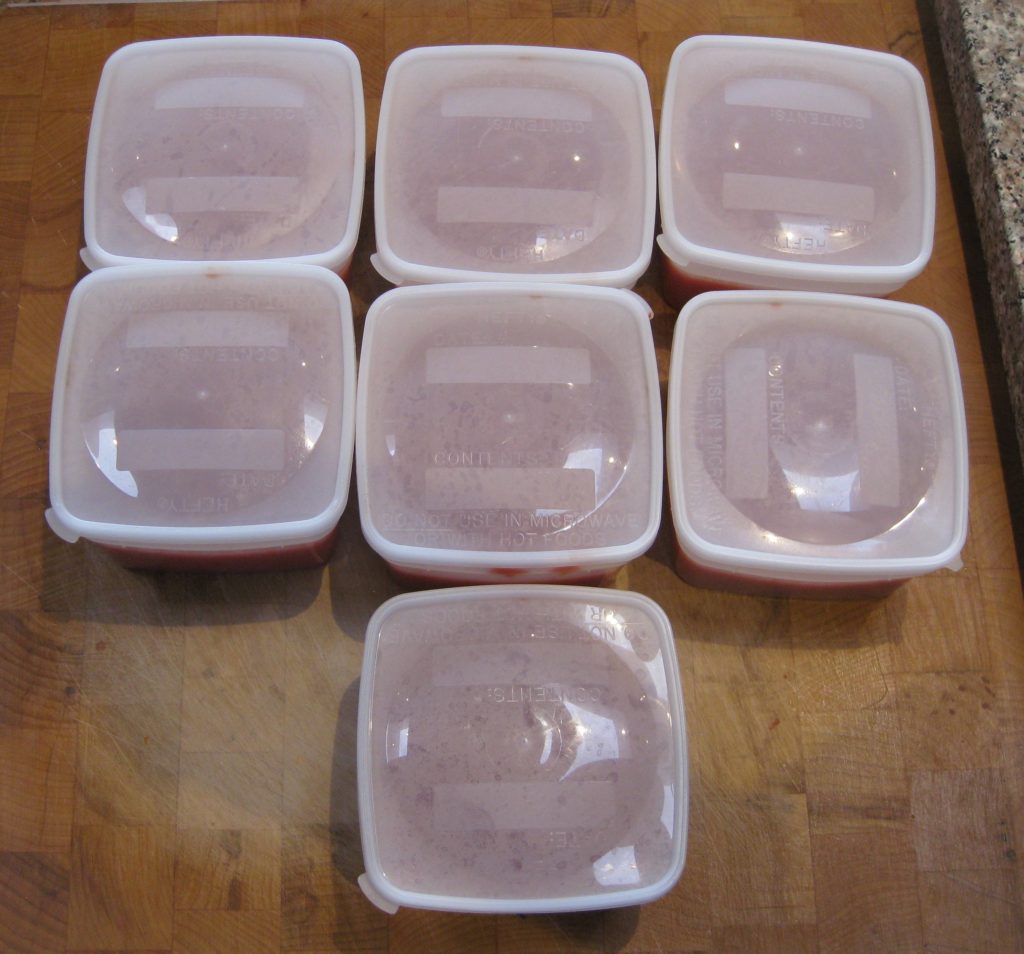
I’ve seen many videos and recipes for making passata that remove the seeds and jelly. This definitely makes the process faster because extra liquid is removed at the beginning. However, the jelly has a high concentration of naturally occurring glutamates that really enhance the flavor of the passata. Like Maria, I always include the seeds and jelly.
Maria put the passata into jars, sealed them and put them under a blanket to cool slightly. This is where a bit of controversy exists. The USDA says it is never safe to can tomatoes or tomato puree at home without adding an acid, such as citric acid, because many tomatoes are not acidic enough to be canned safely relying on their own acidity. The Italian Ministry of Health disagrees and provides directions for canning tomatoes in a boiling water bath without the addition of acid.
In practice, many Italians simply put the passata into jars, seal, and cover the jars with a blanket to allow them to cool slowly. No boiling water bath is used at all. While I’ve eaten many jars of passata that were canned this way, I wouldn’t recommend it.
Maria made about 100 jars the day I was there. It wouldn’t be unusual for a family in Southern Italy to put up 300 jars of passata, essentially one per day for a year. If you’re making less, as is almost certainly the case, freezing the passata works well.
If you find yourself with some vine-ripe tomatoes, especially plum tomatoes or a meaty heirloom variety, give this recipe a try.
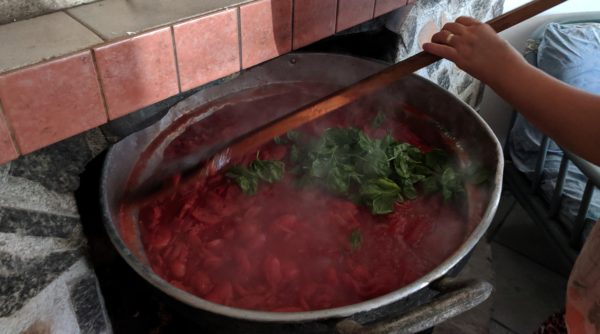
| Servings |
|
- vine-ripe tomatoes preferably plum or meaty heirloom tomatoes
- salt
- fresh basil leaves optional
Ingredients
|

|
- Cut the tomatoes in half lengthwise. Remove the core and any hard, white pith. If you are using heirloom tomatoes rather than plum tomatoes, you may need to quarter them depending on size.
- Put the tomatoes in a heavy-bottomed pot.
- Heat gently until tomatoes release some liquid.
- After there is liquid in the bottom of the pot, increase the heat to bring the tomatoes to a boil.
- Add one basil leaf for each pound of tomatoes, if desired.
- Continue to boil, uncovered, until the pulp is soft enough to go through a food mill, approximately 1 hour.
- Put the tomatoes through a food mill, discarding seeds and skin.
- Add ½ teaspoon of salt per quart of pureed tomatoes.
- Return the tomato puree to the pot and continue to boil until thick and saucy.
You can find recommended directions for canning tomato puree here.
Copyright © 2019 by Villa Sentieri, LLC. All rights reserved.

